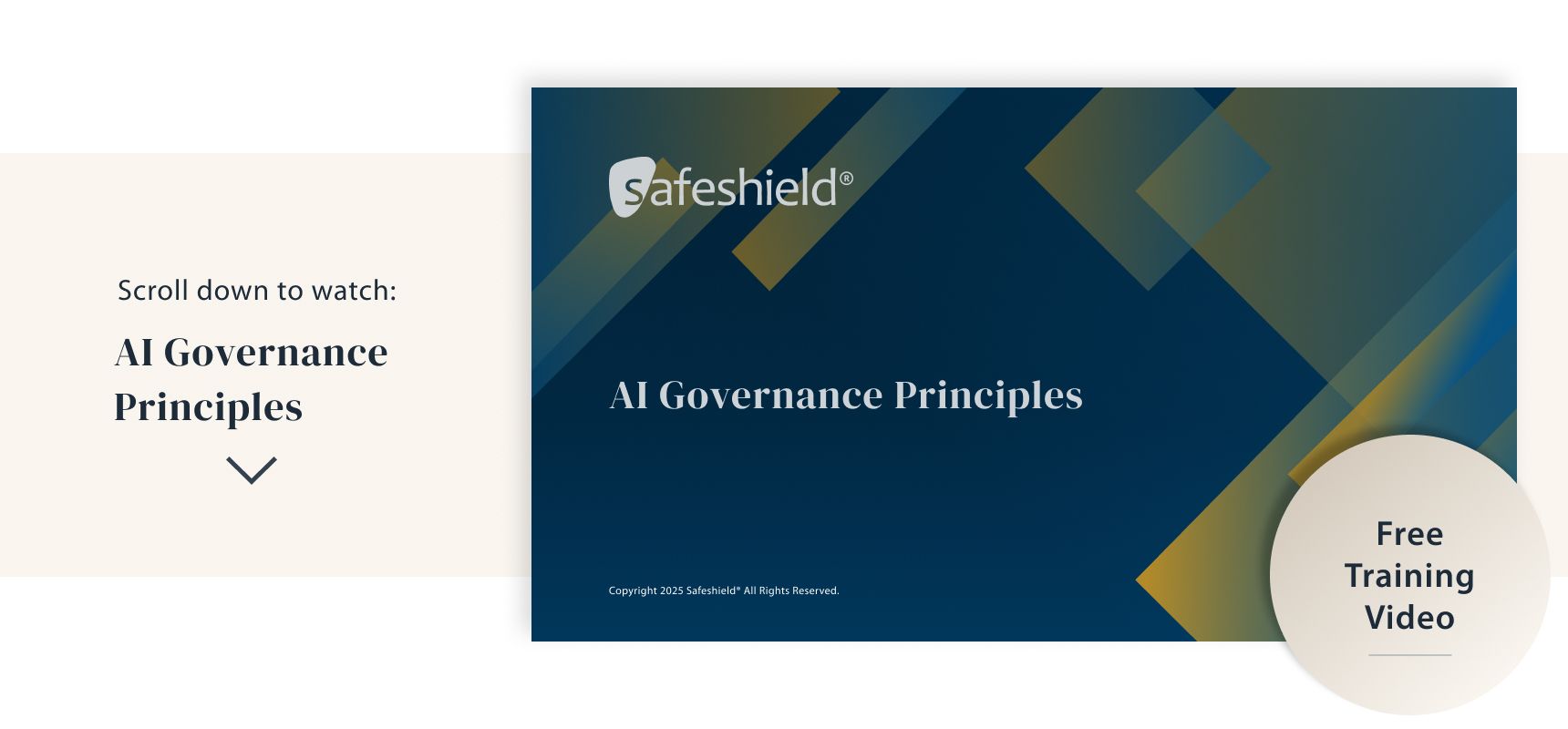AI Governance Principles | Free Training
September 23, 2025
Understand the core principles that define responsible AI governance and learn how to build systems that are transparent, accountable, and fair.
In this course, we explore the guiding principles of AI governance: accountability, transparency, fairness, and privacy. We also show how each one supports trust, compliance, and ethical decision-making across the AI lifecycle.
You’ll learn how these principles connect to global frameworks such as ISO/IEC 42001, the EU AI Act, and the NIST AI RMF, and how they translate into practical policies, controls, and oversight within your organization.
A few things we cover in this course:
- why governance matters
- the global AI landscape
- the guiding principles of AI governance, both theoretically and in practice
- OECD principles
- the EU AI Act
- ISO/IEC 42001
- NIST AI RMF
Share this article





